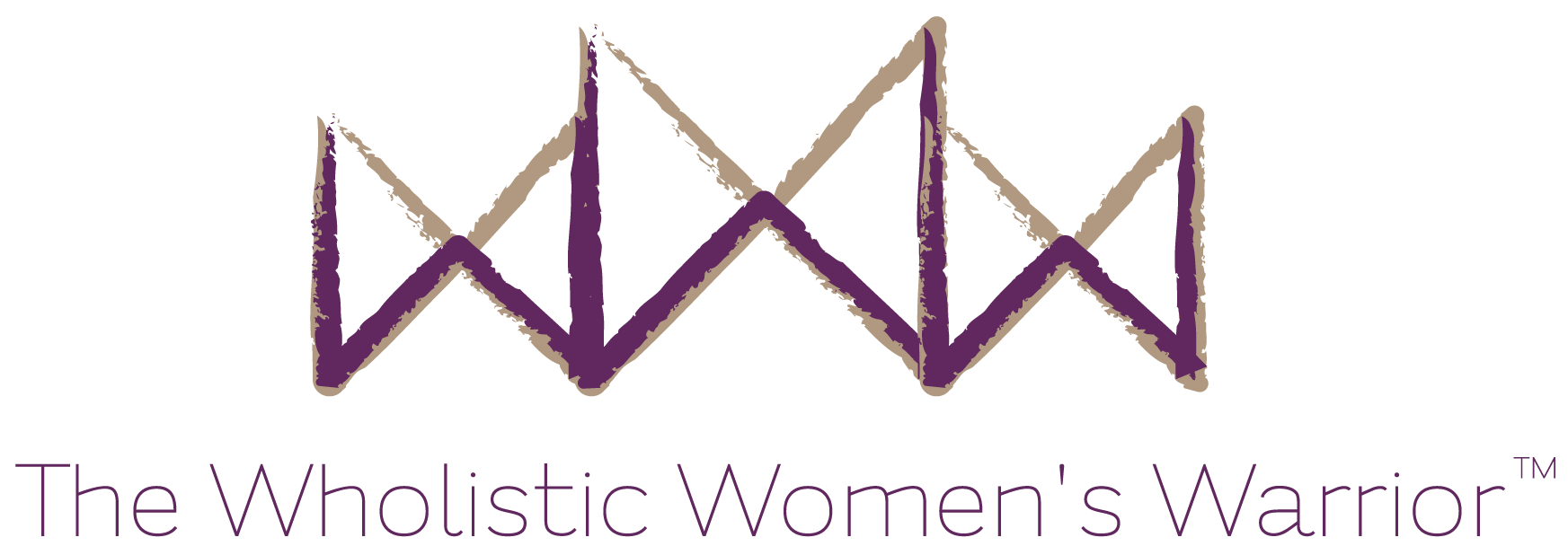
Does your need for perfection run deeper than you realise?
The danger of perfection
In my line of work – working with trauma, something I see a lot is the need to get everything right.
And not just ‘right’ but to make it perfect.
What I’ve also noticed, and what many people don’t realise, is where that need for perfection comes from.
The root of perfection
If you’ve suffered with any form of trauma during your childhood, and let me be clear: ANY FORM of trauma includes abuse, violence, neglect, teasing, bullying, rejection, on-going and repeated abuse, a handful of incidences, even a single traumatic event – there is a good chance your need for perfection, and to do everything perfectly, is based on a fear of getting in trouble and being subjected to more trauma.
You see, when we’re young, we don’t have a lot of experience or understanding of our emotions and what they mean. We simply process the events and situations that we are in, and the people we are with, as ‘good’ and ‘bad’.
These two states of life are how we see and feel the world. We either like it or we don’t.
And this is where it all starts for you, as a child, trying to sort out what is happening through that simple view of the world.
Important side note: please don’t ever compare your trauma to someone else’s. Never, ever say to yourself that someone else had it worse than you so you should ignore what happened and “suck it up”. A single event can have just as much impact on someone as multiple events. Simply watching an event happen to someone else can cause trauma within you. If it affected you, scared you, caused you a great shock i.e. was unexpected – then it’s trauma and it’s a trauma to you.
Good and bad
This is how you have come to need everything you do to be perfect.
Because, you will feel on an unconscious level, that if you don’t, you’re going to get in trouble.
You have, without even realizing it, taken on a belief that YOU must have done something wrong.
The abuse and victimisation that you suffered through and were subjected to was taken, by you and your young mind, as a punishment.
You did something wrong.
Have this happen for long enough over many situations – hours, days, weeks and years, and it can feel like it’s not just you that is ‘bad’ but that your soul is bad too. You might feel (and act) like you’re the bad apple in every group, every situation – possibly feeling like you just don’t fit in and aren’t good enough.
This will all lead back to the belief you’re likely to have about yourself: You are bad.
You must be, right? Why else would these things that are clearly wrong in their very nature, being done to you? You must have done something wrong (bad) to deserve it and so now, bad things are being done to you as a form of punishment.
You take it on as truth: You are bad.

Fear of getting it wrong
As per a lot of my posts I want to share with you a personal story about how the fear of my childhood affected me well into adulthood.
There are two elements to this story but both end with me, and my brother, being yelled at and hit for getting things wrong.
The first one was around doing our homework. One of the worst times of my day.
We’d come home and sit at the apricot coloured breakfast bar and read out the questions we had to answer.
Mum would be there preparing dinner with a wooden spoon in her hand.
Every time I got something wrong mum would scream “NO!”, charge her way across the kitchen and slam her wooden spoon onto the bench next to me and continue to yell and scream the question at me. The more answers we got wrong the madder she would get, and then the physical pain would start. She’d hit us with the spoons. And yes, we ended up with a few ‘half’ wooden spoons i.e. they snapped down the middle.
Our answers to questions became meeker and meeker as we became more and more fearful of what would happen if we tipped her over the edge with our wrong answers. A wrong answer, to our minds, meant pain. Emotional, mental and more often than not, physical pain.
As we got older, there was an added element of being laughed at and being humiliated for wrong answers too…
Punishment for making a mistake
Essentially, what she was saying to our young minds, is that when you make a mistake you will be punished.
If we managed to get an answer right, get this, we were still yelled at! “YES! Write it down then!”, she would yell.
We lived in a constant state of fear of being yelled at and walloped with whatever she had in her hand.
And dad was very much the same. Make an innocent comment or speak your truth – as all children do. (We don’t have a filter when we’re young – we say it how we see it, right?)
But do that around my dad, make a mistake, accidently trip up and break something – completely innocently, and a very large hand would smack you around the head and send you flying.
The fear I developed around making a mistake was incredibly intense. As a child, it was terrifying.
Years later
I was working in a corporate environment in my 30’s and one of my tasks was to send out group emails to our team of 150 people.
If I ever, and I mean EVER, sent out an email with a single spelling mistake on it (because I don’t know about you but I seem to do my best proof reading AFTER I hit the send button – and these blogs are no different actually! 😊 ), all the blood would drain from my body, into my legs, and I’d almost pass out. I was cemented to the spot, frightened that I was going to be yelled at, humiliated and physically punished.
No one in the office actually cared. No one ever came up to me and said “Marie, how dumb are you? You made a spelling mistake on that email”, because we’ve generally all done it at some point.
But that didn’t stop the fear I felt about making a mistake and getting something wrong.
Perfection means “I’m good”
I see various types of people and personalities emerge from an abusive and traumatic childhood.
Some people will become ‘bad’ in their nature. Simply living up to their belief that they are a bad apple – bad at their core, and so they will follow that path in life.

They’ll follow the destructive path of proving they are the bad one because that is how they’ve processed what has happened to them. It’s what they know and what they have been taught.
You can see this today with people that we call troublemakers. The drug takers, the ‘lost causes’, the damaged people that we might say “have done it to themselves”.
Actually, in the majority of cases they haven’t. They are the ones that need the most love and compassion, because inside, is a very emotionally damaged child that doesn’t feel worthy of love. They believe they deserve pain and torment and so create chaos in their lives to prove it.
Another type of person I see is someone who strives to fit in, who is constantly beating themselves up to be better, to do it better, to get it perfect the first time – to NOT. MAKE. A. MISTAKE.
Because their inner child, the part of them still in pain, believes that they’ll be punished if they get it wrong, and is desperate to be seen as ‘good’.
A mistake, even twenty, thirty, forty years later, can affect them on a level they won’t understand or connect to, but which is very real, nonetheless.
To make a mistake means more abuse to their inner child.
And so, their need for perfection comes at a dangerous cost. It becomes an unnatural and desperate NEED to not get into trouble – to not be punished.
Procrastination
Procrastination can also be caused by a fear or anxiety of getting it wrong.
This fear can be that deep seated that it causes us not do it or even try.
To distract ourselves with everything but the one thing that we feel we might be judged on.
Procrastination is where I hover. I’m not about perfection and I don’t feel I bring punishment into my life. I do, however, find excuses.
I actually realised that I’m the type of person that would rather do nothing and fail than give it everything I’ve got and fail. At least if I don’t put any effort in then I won’t be disappointed and I have an excuse already on hand.
It took me a while to see the beauty in my mistakes – the valuable learning I needed.
I still now, years later, have moments of writing and creating videos which, depending on my confidence level of the day, may take a back seat to cleaning the ENTIRE HOUSE, as I’ll convince myself that that is more important.
Now I’m really not a fan of cleaning. I can think of a thousand things I’d rather be doing than cleaning my house yet again (!), but what do you know – I’ll suddenly find myself enjoying cleaning the house from top to bottom as it’s a distraction for me to not have to face being vulnerable in front of an entire world that may hold a different opinion to me or that may attack me because I say the “wrong thing”.
Knowing the truth
I have found when my clients have a realisation about where their trauma has directed them, it’s a wake-up moment.
When they can see and understand their drive for perfection has come from a place of fear, they are able to relax a bit more and they make massive strides in their healing journey.
However, that is not always the case…
One of my clients was scared of losing her desire for perfection because of the line of work she was in. It was a competitive industry and doing it ‘perfect’ meant a job, even being the lead of a troop.
So, the objective now was to make the journey to perfection a loving one rather than one of desperation.
Loving the perfect journey
Once you’re aware of the fears that drive you, it can bring you moments of clarity about your patterns and behaviours and, essentially (hopefully), allow you to take a step back and reassess your attitudes towards yourself and how you go about creating and fulfilling that.
If you acknowledge the fact that you’ve been running on fear you’re halfway there. After that, it’s simply about keeping your mind in check when you start to panic or get frustrated when you can’t or don’t get it right the first time.
Your fears and frustrations can be dealt with on a deeper level by using Emotional Freedom Technique (EFT). This process will allow you to release the emotions on a physical level as well as emotional.
If you haven’t tried EFT before, here is a link for further information: Emotional Freedom Technique for healing
Be loving to yourself
The journey that we take to perfection, which you can now, perhaps, label: ‘Mastery’?, can be a loving one.

It can be an expression of our deepest, most compassionate selves.
When a child falls over, do we scold her?
No, we give her love and tell her to try again.
Do the same thing with yourself.
BE a loving person to yourself.
Make everything that you do an adventure and an experience. Because it’s essentially a discovery about who we are.
Love the mistakes you make along the way. Because one of the things I’ve come to realise is we learn so much more from the mistakes and trip ups we make than we do when we get it right the first time.
Have you had those moments? You do something bang on, perfectly, the very first time and then you say to yourself “how did I do that?” – and you can’t remember or re-do it?
You KNOW you can! But you just don’t know how you got there.
And so, the journey to recreate that moment begins.
Imagine you had to teach what you’d just discovered and had ‘winged’. You couldn’t, because it had to be broken down into steps.
Your journey now is to learn the steps to mastery.
It can be beautiful if you allow it.
You can love your stumbles and trip ups as much as you love the final destination.
You won’t get in trouble for your slip ups – especially if you own them.
So much of what we deal with in our lifetimes can be traced back to our childhoods and how we were treated.

Is your need for perfection a stressful one?
If you’re struggling to understand why, or it’s causing you anxiety, I’m here to help.
Please get in touch.
I’d love to go on this journey with you. 🙂
Contact me here









